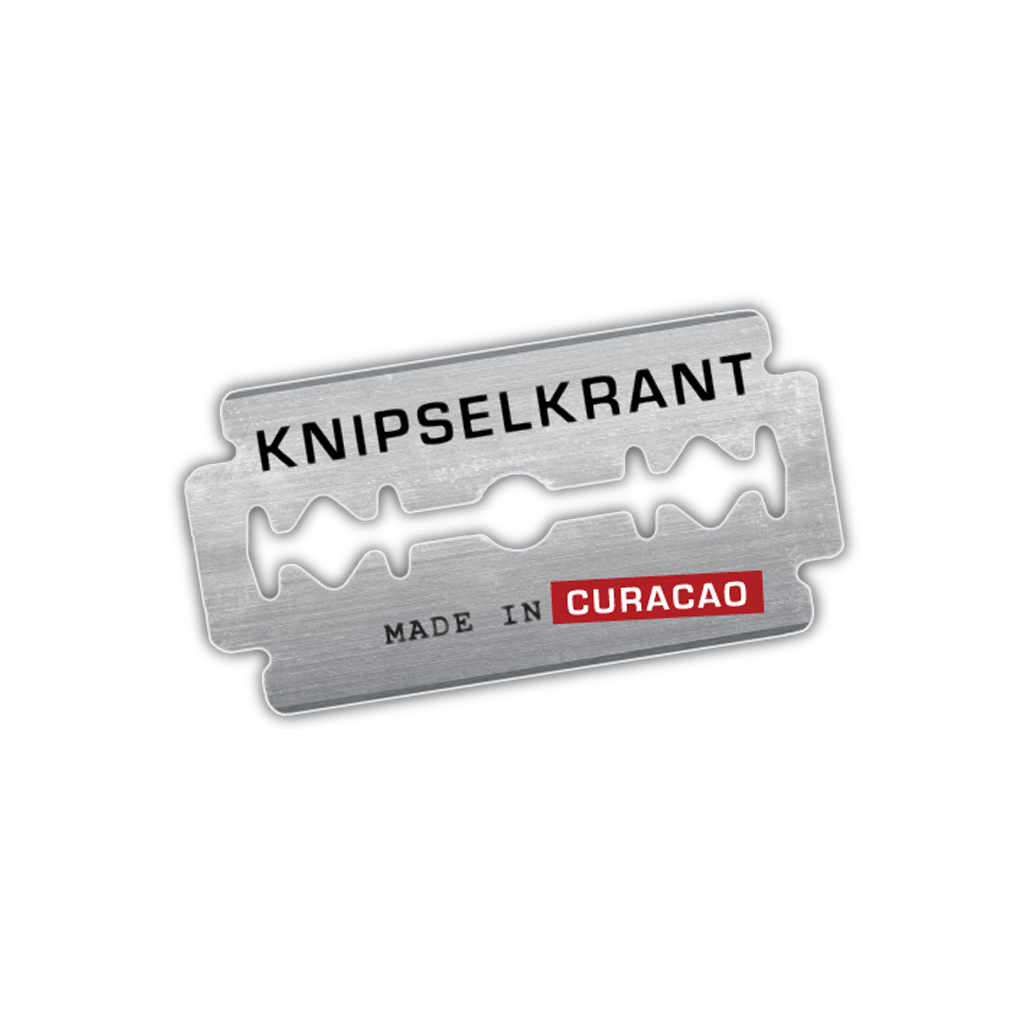
SABA–The artefacts that were found at Blacks Rocks, the proposed location to build Saba’s new harbor have been analyzed and recovered. Laboratory tests to date the artefacts showed that the objects were in fact the oldest to ever be found on the island, making the location the oldest archaeological on-land site on Saba.
The Saba Archaeological Center (SABARC) in October last year completed the on-land excavations and the archaeological mitigation at Giles Quarter, in the area that is locally known as Black Rocks, preserving a part of Saba’s heritage. The work was undertaken by Dr. Ryan Espersen (principal investigator) and Dr. Jay Haviser, both associated with SABARC and Saba, having done archaeological work across the island for many years.
On October 21, 2020 the archaeologists presented the first results of the excavations to a large group of interested Sabans. Early 2021, after the laboratory results came back, the final report was delivered.
The project included archaeological surveys of both the land and seafloor with the primary goal of understanding how long the site was occupied, and what activities took place there, and preserving Saba’s heritage by recovering the artefacts.

Basalt fishing net weight recovered from surface collections.

Amerindian period
The conclusions are that Black Rocks is a dual colonial/Amerindian site, with the most significant use and activity during the Amerindian period. The pre-colonial occupations at Black Rocks date to 3484 BC, making the site by far the oldest known on Saba to date, and ranking among the oldest in the Caribbean region.
Amerindian use of the site appears to have been as a staging ground for fishing, with a village located nearby. This is most likely the known Amerindian village that existed in St. John’s.
Activities at the site were probably oriented towards sisal (cactus rope) production, especially to make and repair fishing nets. White volcanic ash was used as a form of sunscreen, body paint, or to improve grip, at least during the very early period (3300-2500BC).
Some charcoal was dated that points to human presence there during the early colonial period (1477 AD-1642 AD). The site may have formed part of a tobacco or indigo plantation by the Dutch West India Company during the 17th century, but no evidence remains of any structures in the survey area.
Ship cannons
Two large ship cannons of nearly 8.2 feet were located during the maritime survey. There is no evidence of a shipwreck in the vicinity, so these cannons, which were crossed on top of the other, were probably intentionally sunk, either because the ship ran aground on the reef and needed to lose weight, or to prevent them falling into enemy hands.
Before construction of the new harbor, the cannons will be moved, underwater, to the Big Rock Market dive site, located not far away from Black Rocks.
An archaeological survey and preservation at sites prior to construction is a legal requirement of the BES Maritime Management Act and the Malta/Valetta Treaty. For more information about the excavations, people may contact the Saba Archaeological Center.
Bron: Pressrelease Public Entity of Saba

